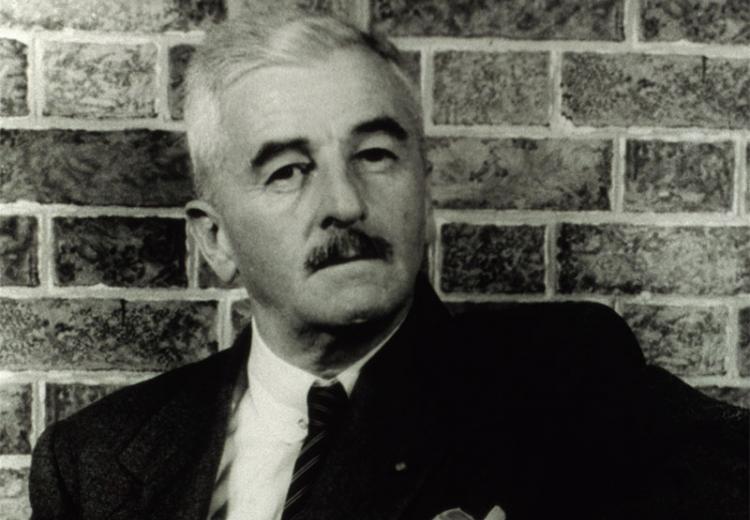Faulkner's As I Lay Dying: Form of a Funeral

William Faulkner portrait by Carl Van Vechten, 1954.
"The reason for living was to get ready to stay dead for a long time."
—Addie Bundren in Faulkner's As I Lay Dying
William Faulkner's self-proclaimed masterpiece, As I Lay Dying, originally published in 1930, is a fascinating exploration of the many voices found in a Southern family and community. The novel's title—As I Lay Dying—invokes a first-person speaker, presumably the voice of the dead mother, Addie Bundren. Yet she only speaks once in the novel, and she is dead, not dying, throughout most of the novel (aside from the beginning chapters). How does Faulkner's form for the novel—a series of competing voices and perspectives presented as a multiple-voice narrative—work for or against the novel's title?
Students will also explore the context of the novel, examine background information on social and economic conditions in the rural South in the first decades of the twentieth century. This background will enable the teacher and students to "place" Faulkner's novel historically and sociologically; Faulkner wrote about his own time and a place he knew well. Faulkner's life will be presented, briefly, so that parallels can be drawn between his life and the life depicted in the text.
Guiding Questions
How does Faulkner's form for the novel work for or against the novel's title?
How do individuals develop values and beliefs through their social interactions and family relationships?
Why do Anse Burden's neighbors repeatedly come to his aid?
What does the novel reveal about death, grieving, and detaching ourselves from loved ones?
Learning Objectives
Evaluate Faulkner's place in American literary history.
Examine Faulkner's "South" in the context of the historical South.
Analyze how the narrative style of As I Lay Dying affects the reader’s or the characters’ perceptions of time.
Examine the Bundren family through the subjective evidence provided by a multiplicity of characters.
